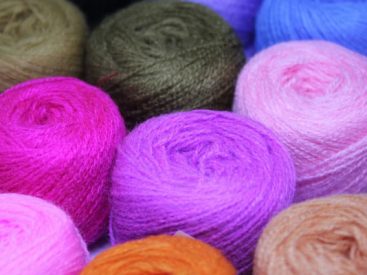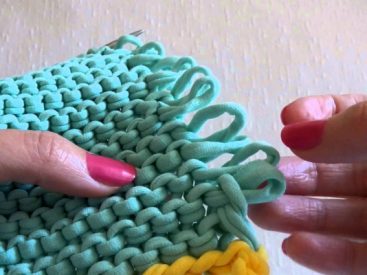Acetate fibers are artificial fibers made from cellulose that has been chemically treated and soaked in acetone. Fabrics made from them are light and thin. Outwardly, they are similar to silk — they have a glossy luster and are smooth to the touch.
The main advantages of acetate fibers and fabrics made from them:
- High elasticity. These fabrics are characterized by reduced wrinkability.
- Softness. The fabrics are soft and pleasant to the touch
- Special dyes. The dyes used for coloring them are not suitable for other types of fibers. As a result, unique color effects are achieved.
Among the disadvantages of these fibers are:
- Solubility in acetone. One cannot use acetone for cleaning these products.
- Poor resistance to alkaline solutions.
- Low tensile strength. These fabrics easily tear when stretched and physically exposed.
- Accumulation of static electricity.
- Low thermal stability. The clothes must be ironed through a damp cloth so as not to deform them.
- Attrition.
Acetate fibers are widely applied in the production of women’s underwear, outerwear, lining fabrics. In the manufacture of fine cloth, acetate fibers are used to partially replace wool. Their use makes it possible to reduce the wrinkability of finished products.




